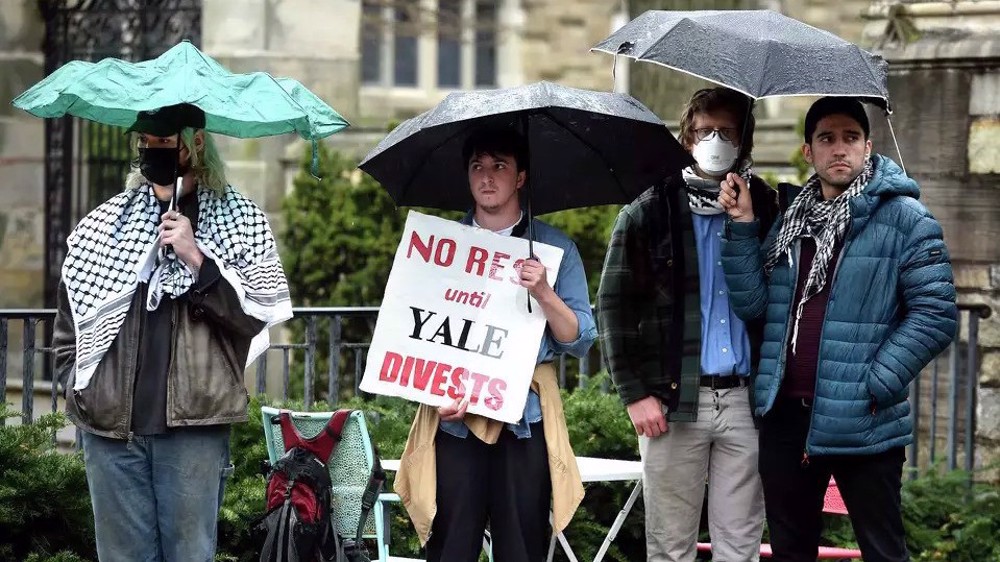State of emergency declared in California as dozens of wildfires rage
California’s governor has declared a state of emergency in a bid to fight raging wildfires fuelled by an "extreme" 130F heatwave.
The declaration came on Tuesday amid at least 27 blazes raging across the state which has been struck with mass power outages because of residents cranking up their air-conditioning units.
“We are deploying every resource available to keep communities safe as California battles fires across the state during these extreme conditions,” said Gavin Newsom, the state governor, on Tuesday. “California and its federal and local partners are working in lockstep to meet the challenge and remain vigilant in the face of continued dangerous weather conditions.”
Fires were burning in Sonoma, San Mateo, Napa, Butte, Nevada and Monterey counties on Tuesday, with authorities ordering evacuations in some areas.
According to the California Department of Forestry and Fire Protection, lightning from a rare summer thunderstorm on Sunday caused some of the fires.

Over the weekend, a fiery tornado was also seen near the Nevada border where the Loyalton Fire continues to burn in Tahoe National Forest.
In southern California, a week-old fire in the mountains of northern Los Angeles county prompted evacuations.
Meanwhile, thousands of Californians lost electricity over the weekend in what was described as “unacceptable”.
Scorching weather has badly affected other western states, making it more difficult for California to import extra power.
“What we have is a situation where the entire region is more than hot, it’s extremely hot,” said Steve Berberich, California ISO’s president and CEO. “We can’t get the energy that we would normally get from out of state because it’s being used to serve loads natively. That would probably account for another 4,000 to 5,000 megawatts and could have very well have closed the gap.”
VIDEO | Erdogan breaks silence, backs Iran’s reprisal attack on Israel
IRGC warns of 'tit-for-tat' retaliation if Israel attacks Iran's nuclear facilities
Israel retreats, delays striking back at Iran after US call: Sources
Qatar says reassessing role as mediator in Gaza truce talks
EU to expand sanctions on Iran over retaliation against Israel
'US, West must abandon double standards towards Israel's acts of terror'
April 17: ‘Axis of Resistance’ operations against Israeli occupation
UN Security Council to vote on full Palestinian UN membership on Friday










 This makes it easy to access the Press TV website
This makes it easy to access the Press TV website